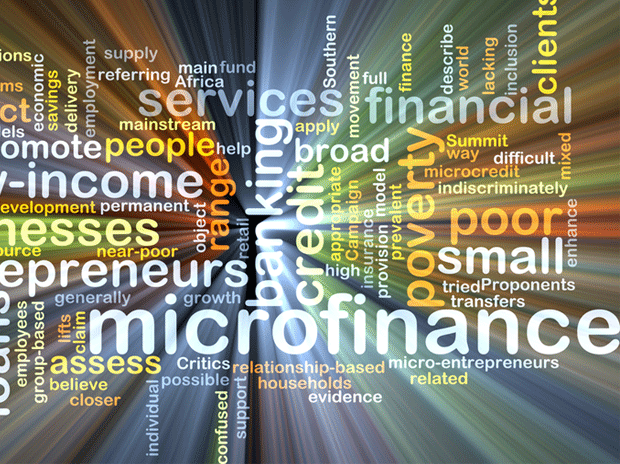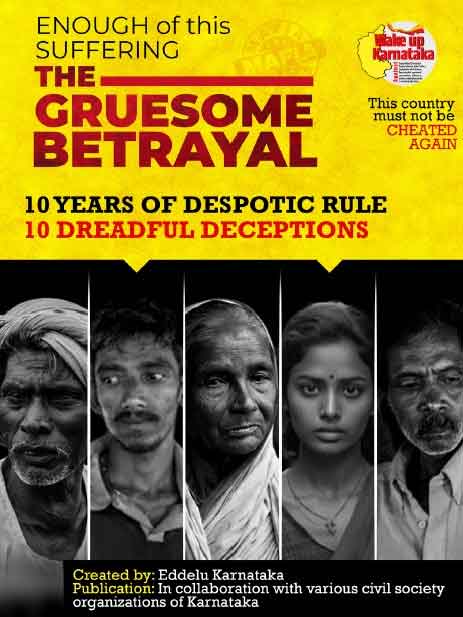
Access to the right financial tools at critical moments can determine whether a poor household is able to capture an opportunity to move out of poverty or absorb a shock without being pushed deeper into debt.
When microfinance-provision of financial services tailored to fit the needs of low income people – made its first appearance, everyone was infatuated by its narrative:
Those on the left loved its stories of transformed women and direct empowerment of the poor. Those on the right loved how it promoted grass-roots capitalism, fostered a culture of entrepreneurship, and all this by doing away subsidies. Microfinance appeared to be the much awaited tool whose time had come. Everyone was charmed by its astonishing capabilities.
In recent years microfinance has been aggressively fueled by international funders called as impact investors. They provide capital to businesses that solve social challenges while generating a profit and are the current rage in economic development .Although impact investors can lay the groundwork for commercial investors; they must also work in unison with government authorities to ensure well-functioning market systems. It is only when such a synergy brigs about a proper market structure that l the poor be able to participate in today’s vast global economy.
But as with other trumpeted development initiatives that have promised to lift hundreds of millions from poverty, microcredit has struggled to turn rhetoric into tangible success. Done right, these loans have shown promise in allowing the slightly better off among the poor to build sustainable livelihoods. The notion that microcredit has potential to spark sustained economic growth is misplaced.
It’s certainly true that if a borrower can’t invest productively enough to generate a high rate of return, he or she will be more indebted and worse off than before.
Those entrepreneurial individuals are few who use a small amount of money to catapult themselves from destitution to security, but what about the poorest of the poor as a class. Those successful enterprises are the exceptions—particularly where a microfinance organization has a good model. The success of microfinance has led to a rush of new entrants, some of whom aren’t so good at tweaking their models, and those new imitators probably have much higher failure rates.
Microfinance is remarkably working well as a Band-Aid solution to poverty, i.e., it puts food on the table and microfinance is not providing a bridge to sustainable development because it fails to address the root causes of poverty. As such, microfinance borrowers fall short of graduating [i.e., entering the formal economy], which should be the ultimate goal of microfinance.
The verdict is now out .No one should be lulled by the livelihood finance boom into believing that microfinance is a cure-all for global poverty. The problem is that not everyone is ready or able to take on debt. Some people struggling to feed their families require more basic help and financial training before they can properly handle debt. Originally developed as a nonprofit effort to lift society’s most downtrodden, microfinance has increasingly become a for-profit enterprise that serves investors as well as the poor.
Microfinance has come under increasing scrutiny in recent years. It critics have been at pains to emphasize that whilst microfinance can stabilize livelihoods, broaden choices, provide start-up funds for productive investment, help poor people to smooth consumption flows and send children to school, it can also lead to indebtedness and increased exclusion unless programmes are well designed. We must not forget the caution: “Microcredit is microdebt.”
If you substitute the word”credit” with “debt,” it’s easy to see how microfinance can create a power imbalance between a lender and a financially strapped borrower, especially if that borrower is a woman. We should be alive to its downside. When a woman fails to make her installments on time, she experiences humiliation through verbal aggression from fellow members and loan recovery officials. Default by a lone woman can result in friction among group members who are collectively held responsible for individual loans. Women who cannot pay due to unforeseen circumstances, (poor investment decisions, illness and theft of property) are subjected to public shaming by microfinance. Hence, poor women bear the social costs of microfinance, often with negative consequence. A central problem is this: In the world of microfinance, women borrowers are viewed as autonomous individuals who make independent choices in the marketplace.
But this is not the reality. Even when they possess marketable, loan-worthy skills, women often find themselves beholden to their husband and male relatives. They negotiate complex kinship and social obligations. In addition to male control, other problems affect a woman’s ability to repay a loan. Lenders may extend loans to prospective dairy-cow breeders or egg sellers without doing any market survey of how many dairy-cow breeders or egg sellers the economy of a particular area can sustain. Micro-entrepreneurs may be undone by an unexpected illness, a poor investment decision or a theft.
The provision of small loans or other financial services to the poor will never work until we address the background conditions that produce poverty in the first place. The list of needed measures to create an enabling environment for poor people to improve their lives is long. There is need, for example, for a fairer distribution of productive assets such as land or putting in place pro-poor labour legislation at the national level, and a rethink of unfair trade policies and aid conditionalities which continue to disempower poor
In recent years, economists have designed a rigorous research methodology by which researchers attempt to study the effects of microfinance with randomized control trials, the same way medical researchers test whether a new drug works better than a placebo.
The six randomised evaluations from four continents conducted by researchers affiliated with Innovations for Poverty Action (IPA) and The Abdul Latif Jameel Poverty Action Lab (J-PAL), show that microcredit does not have a transformative impact on poverty.
The results of studies, which were carried out in India, Mongolia and Philippines in Asia, Bosnia-Herzegovina in Europe, Morocco and Ethiopia in Africa, and Mexico in North America, were presented in the January 2015 issue of the American Economic Journal: Applied Economics. They conclude that while microloans can increase small business ownership and investment, they generally do not lead to increased income, investments in children’s schooling, or substantial gains in women’s empowerment for poor borrowers.
Here are the key findings:
- None of the seven studies found a significant impact on household income.
-
Only about one in four or five households wanted a small loan.
-
Some of them used the money to grow their very small businesses. But this rarely led to higher profits.
-
And there’s no evidence it empowered women or led more children to go to school.
-
Loans do give more freedom in optimizing the ways in which people make money, consume, and invest, according to the evaluations.
Microfinance needs to shape a more responsible capitalism. Not an easy choice by any means, but the right choice for their investors and society alike. Similarly, politicians should be wary of the bad consequences of their narrow populism. They should not overstep and attempt to throw the baby out with the bath water .This will be to the detriment of all, and particularly to the poor
(The writer is the author of the Village Diary of a Heretic Banker.)








































